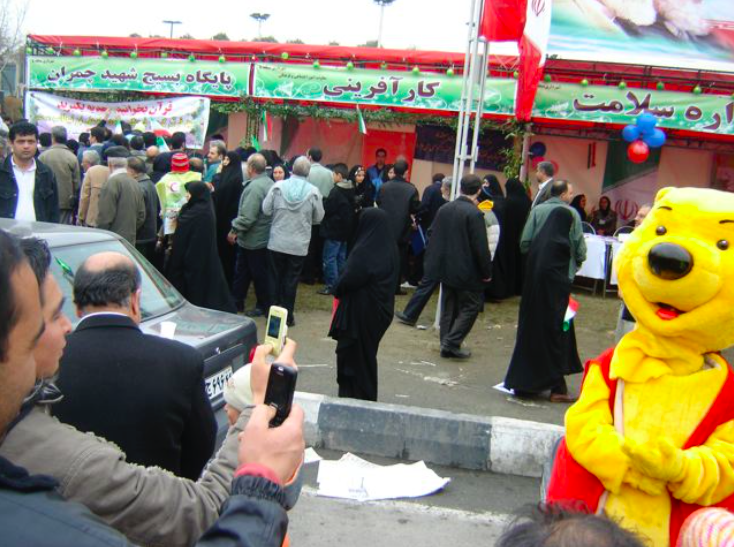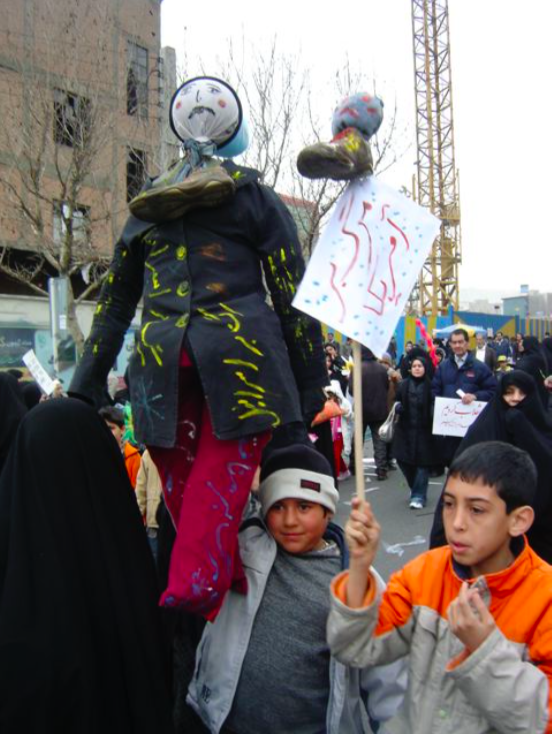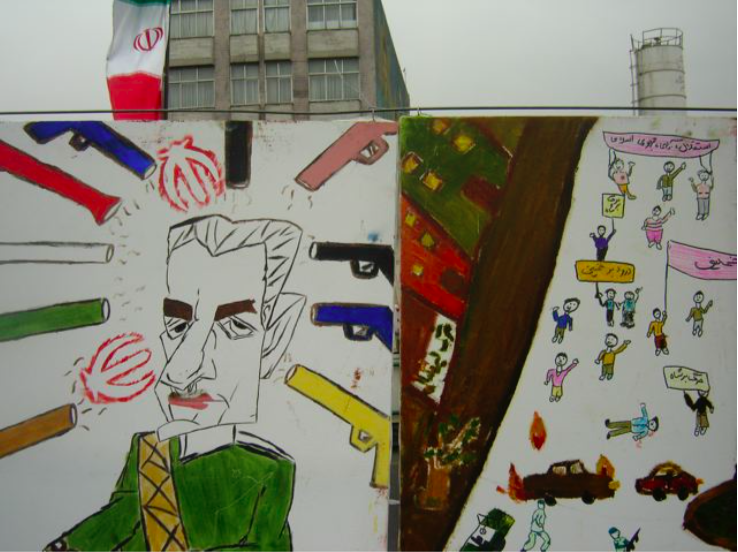“I do not assert that men living in democratic communities are naturally stationary; I think, on the contrary, that a perpetual stir prevails in the bosom of those societies, and that rest is unknown there; but I think that men bestir themselves within certain limits, beyond which they hardly ever go. They are forever varying, altering, and restoring secondary matters; but they carefully abstain from touching what is fundamental. They love change, but they dread revolutions.” Alexis de Tocqueville, “Why Great Revolutions Will Become Rare”
“In Benghazi itself, the evidence of upheaval becomes more apparent. Each day, the streets roar with the sounds of pep rallies staged by fighters heading for the front; they fire guns in the air and occasionally set off dynamite to prove their devotion to their cause. But then the rallies give way to traffic jams and the rhythms of normal life…On my first day in Libya, in the town of Derna, one meticulously drawn panel caught my eye: ‘WE WANT A COUNTRY OF INSTITUTIONS,’ it read. In how many revolutions have people marched to such a slogan?” Tom Malinowski, “Jefferson in Benghazi”
“It is a mistaken assumption that nations wronged by history (and they are in the majority) live with the constant thought of revolution, that they see it as the simplest solution. Every revolution is a drama, and humanity instinctively avoids dramatic situations. Even if we find ourselves in such a situation we look feverishly for a way out, we seek calm and, most often, the commonplace. That is why revolutions never last long.” Ryszard Kapuscinski, Shah of Shahs
Why revolutions, why the allure of this class, of its material? If we are drawn to transformation and the emancipatory possibilities of change, then how is it possible, as several of you noted in class, that we are put off by the uncertainty that change brings, the unknown of the “and afterwards” that Kapuściński conjures in Shah of Shahs?
Please keep your answers short (no more than 250 words, if you can!). Post your reply using the “New Post” feature (but title it using your own creativity). Make sure to tag it as “First Blogging.” Remember to post a reply-to-a-reply by Monday. Simply scroll through the entries and reply to whichever one catches your eye!







 “Condi the liar.”
“Condi the liar.”







